Walk-in tub costs can vary widely based on features and installation. Considering a walk-in tub is important for those seeking increased safety, comfort, and accessibility in their bathrooms.
These tubs are especially beneficial for older adults and individuals with mobility issues, offering features like grab bars, air jets, and heated seats. To learn more about the different factors that influence walk-in tub costs and whether investing in one is worth it, continue reading.
Benefits of Walk-In Tubs
Walk-in tubs offer numerous benefits, making them a valuable addition to many homes. These tubs are designed to provide safety, accessibility, and comfort, catering to the needs of older adults and individuals with mobility issues. By integrating features such as grab bars and heated seats, walk-in tubs ensure a safer and more enjoyable bathing experience.
Let’s explore the key benefits in detail.
Safety and Accessibility
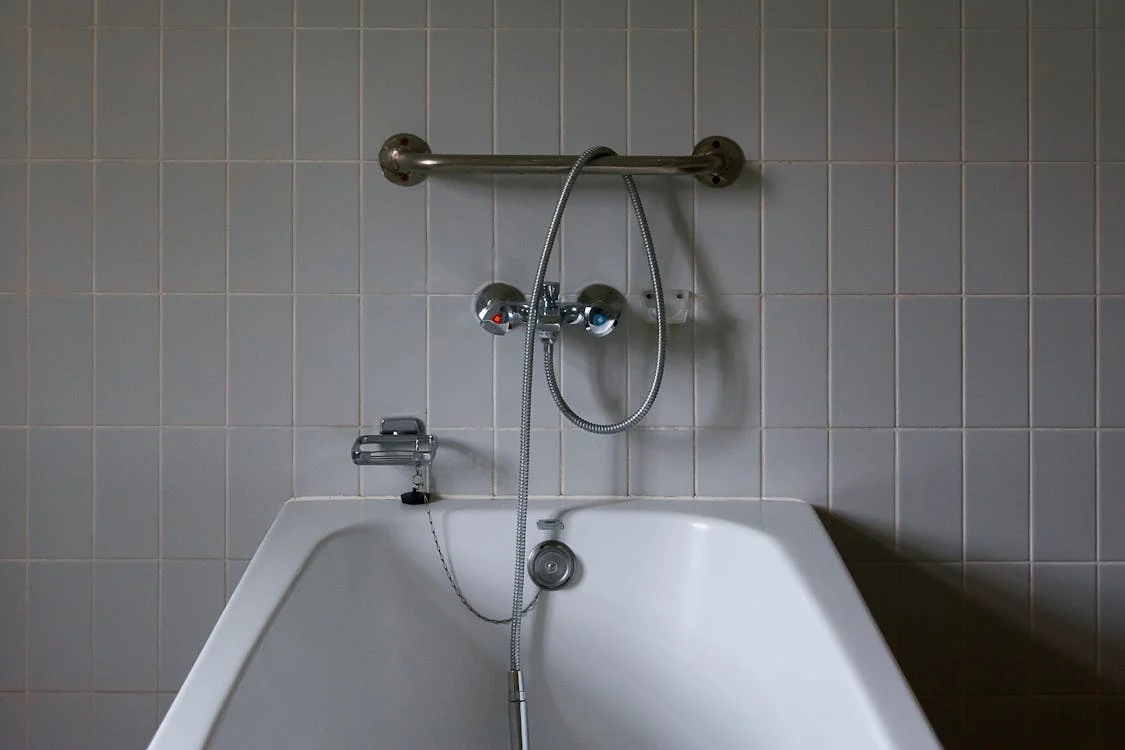
Safety and accessibility are paramount when considering a walk-in tub.
- Grab bars: Essential for stability, grab bars help prevent slips and falls, making entry and exit safer.
- Wheelchair-accessible tub: These tubs are designed with low thresholds and wide doors, allowing wheelchair users to access them easily.
- Safety features: Most walk-in tubs come with slip-resistant floors, a secure door seal, and built-in seats to enhance user safety.
Comfort and Relaxation
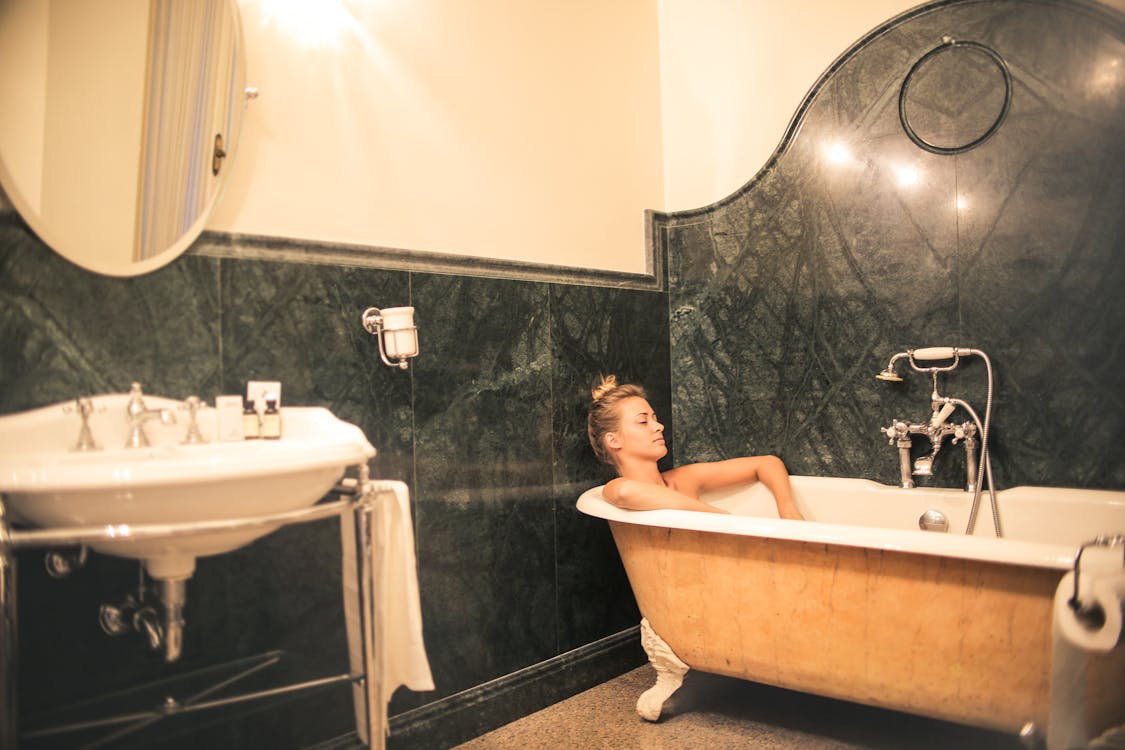
Walk-in tubs are designed for a luxurious and comfortable bathing experience.
- Air jets: These provide gentle, therapeutic bubbles, ideal for a relaxing bath.
- Heated seats: Keeping the seat warm throughout the bath, heated seats add an extra layer of comfort.
- Hydrotherapy tubs: Perfect for relieving muscle tension and stress, these tubs use powerful jets to deliver a spa-like experience.
- Whirlpool jets: Whirlpool jets offer a deep tissue massage, which is beneficial for those with chronic pain or stiffness.
Different Walk In Tubs Types and Costs
Walk-in tubs come in various types and configurations, each offering unique features to cater to different needs and preferences. Understanding the different types of walk-in tubs and their costs can help you make an informed decision.
1. Basic Walk In Tubs
A basic walk-in tub is designed with essential features to ensure safety and comfort. These tubs are the most affordable option, making them ideal for those on a budget. Basic walk-in tubs typically include:
- Standard grab bars
- Slip-resistant floors
- Built-in seating
Walk-in tub cost for basic models generally ranges from $2,000 to $5,000. These tubs are perfect for individuals looking for an entry-level solution without advanced features.
2. Soaker Walk-in Tubs
Soaker tubs are designed for those who prefer a simple soaking experience without the additional features of jets. They are deeper than standard walk-in tubs, allowing for a full-body soak.
Walk-in tub prices for soaker models range from $1,500 to $5,000. Installation costs can vary based on bathroom space and the removal of an existing tub. Soaker tubs offer a basic yet effective bathing experience.
3. Bariatric Walk-in Tubs
Bariatric tubs are built to accommodate larger individuals, providing extra space and support. These tubs are designed with reinforced frames and wider doors to ensure safety and comfort.
The cost of tubs for bariatric models typically starts at $4,000 and can go up to $11,000 or more. These tubs often require a more extensive installation process, increasing the overall cost. Bariatric tubs are ideal for users needing more space and robust support.
4. Luxury Walk In Tubs
Luxury tubs offer a range of advanced features designed for a luxurious bathing experience. These features can include:
- Air or Whirlpool jets
- Heated seats
- Chromotherapy lighting
- Aromatherapy
Luxury walk-in tub prices can range from $5,000 to $20,000 or more. The installation cost for these high-end tubs can also be higher, reflecting the advanced features and additional labor required. Luxury tubs provide a spa-like experience right in your home.
5. Tub Shower Combo
A tub shower combo combines the benefits of a walk-in tub with the convenience of a shower. This option is ideal for households with multiple users who have different bathing preferences, offering versatility and functionality.
Walk-in tub cost for tub shower combos can range from $2,500 to $10,000. The installation process may involve additional plumbing and bathroom modifications, impacting the overall cost. These combos are perfect for maximizing bathroom utility.
6. Walk In Baths with Hydrotherapy
Hydrotherapy tubs are designed to provide therapeutic benefits through the use of water jets. These tubs are ideal for individuals with chronic pain, arthritis, or other conditions that benefit from hydrotherapy.
Cost of a walk-in bath with hydrotherapy features ranges from $2,300 to $10,000. The specific tub type and the number of jets will influence the final price. Hydrotherapy tubs can greatly enhance your bathing experience with therapeutic benefits.
7. Two Seater Tubs
Two-seater tubs are designed for shared bathing experiences, providing ample space for two people. These tubs are larger and require more bathroom space, making them a luxurious option for couples or families.
The cost of a walk-in tub for two-seater models ranges from $5,000 to $20,000. The larger size and additional features contribute to the higher price, but they offer a spacious and comfortable bathing experience.
Factors Affecting Walk-In Tub Costs
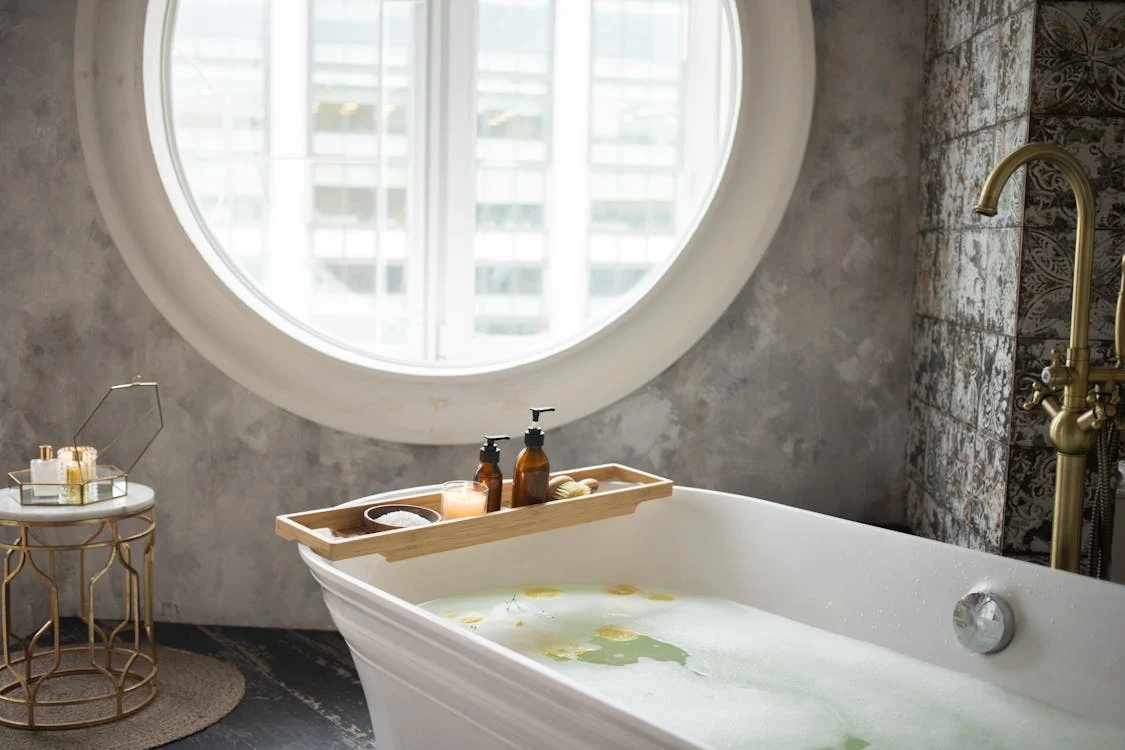
Several factors influence the cost of installing a walk-in tub, ranging from the price of the tub itself to the complexity of the installation process. Understanding these factors can help you make an informed decision and budget effectively for your new walk-in tub.
A. Installation Cost
Installation cost is a significant component of the overall cost of installing a walk-in tub. This cost can vary widely based on several factors:
Labor Costs
The cost of hiring professional installers is a major factor. Skilled labor ensures proper installation, which is crucial for safety and functionality. Labor costs can vary depending on the complexity of the installation and the region you live in.
Bathroom Modifications
If your bathroom requires modifications to accommodate the walk-in tub, such as plumbing or electrical work, this will add to the installation cost. Converting an existing bathtub space may also involve additional costs to ensure the new tub fits properly and operates efficiently.
Durable Medical Equipment
If your walk-in tub includes durable medical equipment like grab bars or a shower chair, these installations may require specialized labor, increasing the overall cost.
B. Tub Costs
The cost of the tub itself varies based on the type, brand, and features included. Here are some factors that influence tub costs:
Tub Type and Features
- Standard Walk-In Tub: A basic model with essential features like grab bars and a built-in seat is a cost-effective solution, ideal for users looking for functionality without extra frills.
- Luxury Walk-In Bathtubs: Tubs with advanced features such as air jets, whirlpool jets, and heated seats offer a more luxurious and therapeutic bathing experience, significantly increasing the cost.
- Two-Seater Tub and Two-Person Tubs: Larger tubs designed for two people provide a spacious and luxurious bathing experience, requiring more space and additional features.
- Hydrotherapy Tubs: Designed for therapeutic purposes, these tubs include air or whirlpool jets that are beneficial for users with chronic pain or mobility issues, offering advanced hydrotherapy features.
Materials
- Acrylic Tubs: Known for their durability and ease of cleaning, acrylic tubs are often more expensive than other materials. They offer superior longevity and a polished look, making them a popular choice.
- Gelcoat Tubs: These tubs are more affordable than acrylic but still provide durability and a smooth finish. Gelcoat tubs offer a balance between quality and cost, making them a viable option for many homeowners.
The walk-in tubs worth considering will depend on your specific needs, budget, and bathroom configuration. By understanding the factors that influence both installation costs and tub costs, you can better plan for this important home improvement project.
Consider consulting with professional installers and exploring different walk-in tub brands to find the best option for your home. Additionally, check with your private health insurance to see if any of these costs might be covered, especially if the tub is considered durable medical equipment necessary for your health and safety.
Installation Considerations
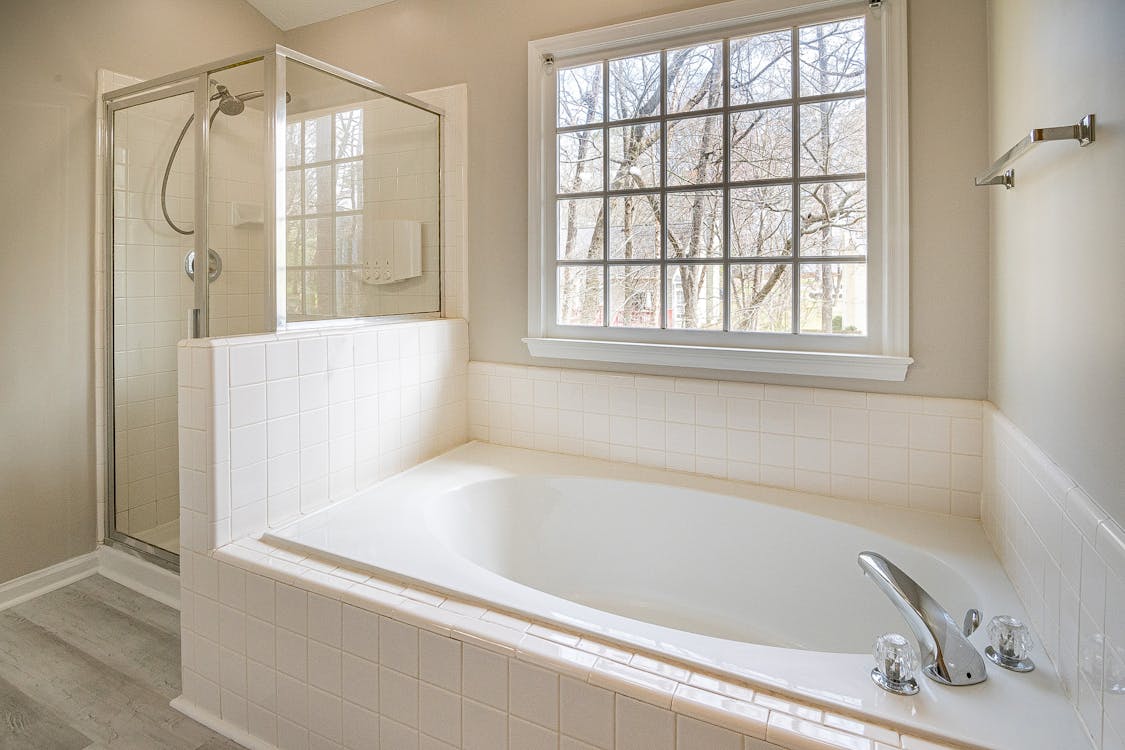
Installing a walk-in tub involves several important considerations to ensure a smooth and efficient process. From understanding the installation costs to assessing your bathroom space, each factor plays a crucial role in achieving a successful installation.
New Walk-in Tub Installation
The walk-in tub installation process requires careful planning and skilled labor. Installation costs and labor costs can vary significantly depending on the complexity of the installation and the specific features of the tub.
Installation costs include various expenses, such as the price of the tub itself, the cost of necessary plumbing or electrical work, and any additional modifications needed for your bathroom.
These costs can vary widely depending on the tub type, brand, and additional features. For instance, walk-in tub prices for basic models may be lower, but high-end luxury tubs with features like air or whirlpool jets and heated seats will be more expensive.
Professional installation ensures that your walk-in tub is installed correctly and safely. Labor costs can range from a few hundred to several thousand dollars, depending on the project’s complexity.
Skilled installers handle tasks such as adjusting plumbing, ensuring the proper installation of electrical components, and securely fitting the tub in your bathroom space. Hiring experienced professionals minimizes the risk of installation errors and future issues.
Installation in Existing Tub
Converting an existing tub into a walk-in tub can be a cost-effective solution. This process involves removing the old tub and installing the new walk-in tub.
The old tub must be carefully removed, and the space must be prepared for the new installation. This can involve plumbing adjustments, reinforcing the floor if needed, and possibly altering the bathroom layout. Converting an old tub to a walk-in tub helps utilize the existing space efficiently while upgrading the bathroom’s safety and accessibility.
Many walk-in tubs are designed to fit into the same space as standard tubs, minimizing the need for extensive modifications. This same space installation approach helps reduce costs and simplifies the process, making it a convenient option for many homeowners.
Bathroom Space Requirements
Before installing a walk-in tub, it’s essential to assess your bathroom space requirements to ensure a proper fit and functionality.
Same Space: Walk-in tubs often fit into the same footprint as standard tubs, making them suitable for most bathrooms without requiring major renovations. However, it’s crucial to measure the space accurately and ensure that the new tub will fit comfortably within the existing layout. This is especially important for homes with smaller bathrooms where space is at a premium.
Larger Tub: If you opt for a larger or more luxurious model, ensure your bathroom can accommodate the extra size without compromising accessibility or comfort. Larger tubs, such as two-seater tubs or bariatric tubs, require more space and may necessitate additional modifications to the bathroom to ensure a proper fit.
Tub Installation for Wheelchair Users
Specific modifications and considerations are necessary for wheelchair users to ensure safe and convenient access to the walk-in tub.
Wheelchair Accessible Tubs
Wheelchair-accessible tubs feature low thresholds and wide doors, allowing wheelchair users easy access. Ensuring the installation meets accessibility standards is crucial. These tubs often come with built-in seats and other features designed to enhance safety and comfort for wheelchair users.
Installing Grab Bars
Installing grab bars provides additional support and stability, making it easier for users to safely transfer in and out of the tub. Proper placement and secure installation of grab bars are essential for maximizing safety. Grab bars should be installed at strategic locations within the tub and bathroom area to assist users effectively.
Additional Walk-in Tub Considerations
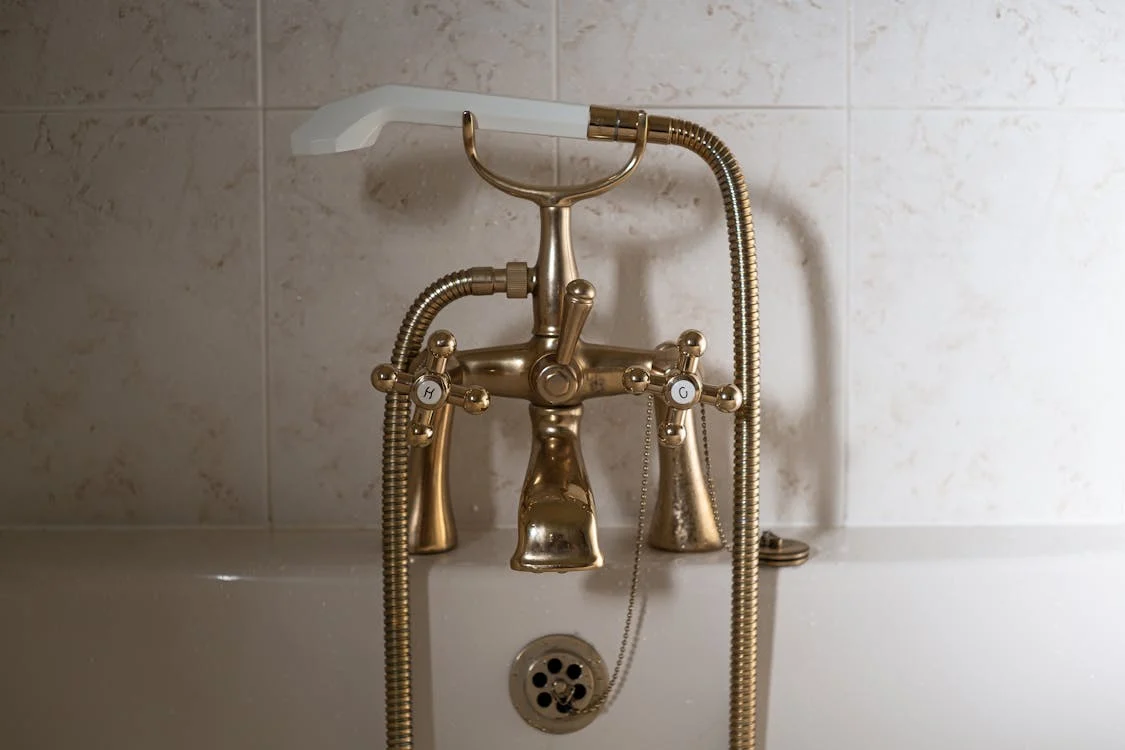
When planning your walk-in tub installation, consider the following additional factors to enhance your overall bathing experience:
Hot Water Supply
Ensure your water heater can provide sufficient hot water for a walk-in tub’s larger capacity. The increased volume of water required for bath fills in a walk-in tub means that your existing water heater may need to be upgraded to ensure consistent hot water availability.
Shower Options
Many walk-in tubs come with walk-in tub-shower combinations, offering the flexibility of both a tub and a shower. This is particularly useful for households with multiple users who have different bathing preferences. A tub-shower combo provides convenience and versatility.
Built In Seat
A built-in seat provides comfort and stability, making it easier to sit upright while bathing. This feature is especially beneficial for those with mobility issues, ensuring a safe and comfortable bathing experience.
Handheld Shower
A handheld shower adds convenience, allowing you to direct water flow where needed, especially useful for hard-to-reach areas. This feature enhances the flexibility and functionality of the walk-in tub, making it easier to maintain personal hygiene.
Air Tub Features
Air tubs offer therapeutic benefits with gentle, massaging bubbles. These features can significantly enhance the bathing experience, providing relaxation and relief from muscle tension.
Additional Features
Consider add-on features like essential oils dispensers, chromotherapy, and heated backrests to enhance your bathing experience. These additional features can turn a standard bath into a spa-like experience, providing both physical and mental relaxation.
Durable Materials
Choose between acrylic tubs and gelcoat tubs based on durability, maintenance, and aesthetic preferences. Acrylic tubs are known for their durability and ease of cleaning, while gelcoat tubs offer a high-gloss finish and a smooth surface.
By understanding these installation considerations, you can ensure a successful walk-in tub installation that meets your needs and enhances your bathroom’s functionality and comfort. Whether you are converting an existing tub, accommodating wheelchair users, or optimizing your bathroom space, careful planning and professional installation are key to achieving the best results.
Choosing the Perfect Walk-In Tub
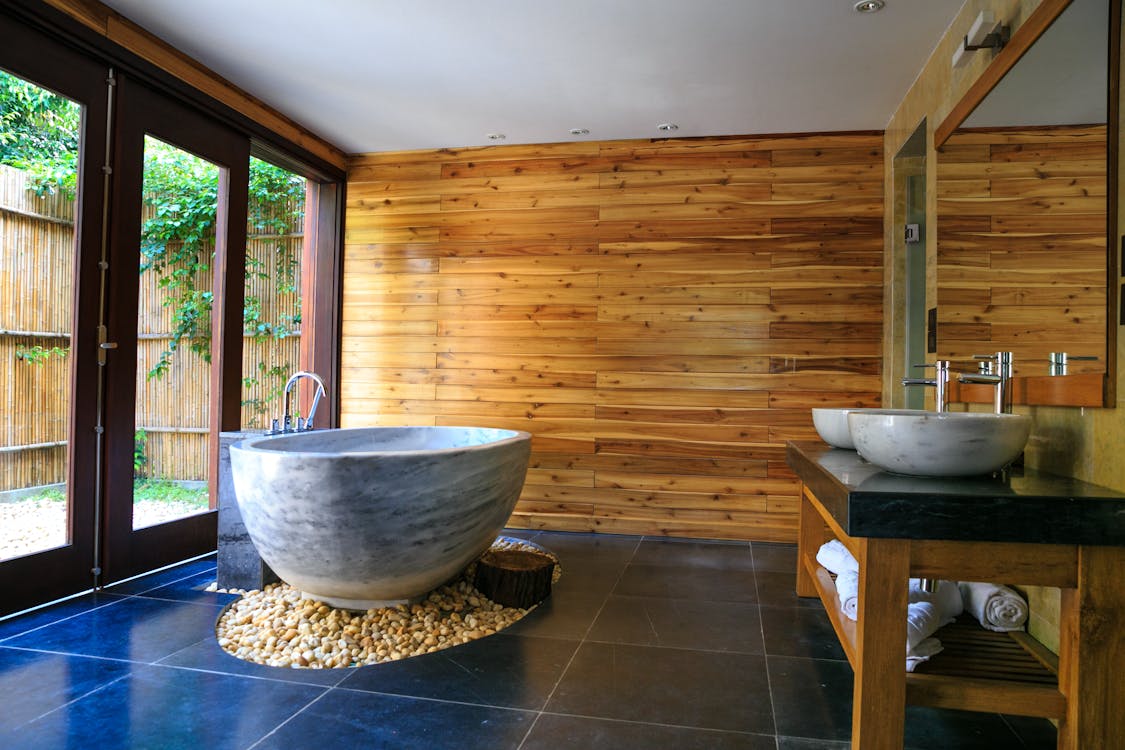
Selecting the right walk-in tub involves evaluating costs and features to meet your specific needs. Compare prices and features across different brands, factor in installation costs, and assess additional features like air jets and whirlpool jets for added comfort.
Experience a spa-like bath and shower enveloping you in therapeutic warmth, ensuring the tub fits your bathroom space, and consider insurance coverage for potential savings. Prioritize essential features for safety and convenience, such as grab bars and built-in seats, and seek professional advice to make an informed decision.
By carefully considering these factors, you can find a walk-in tub that enhances your safety and provides a comfortable bathing experience.
